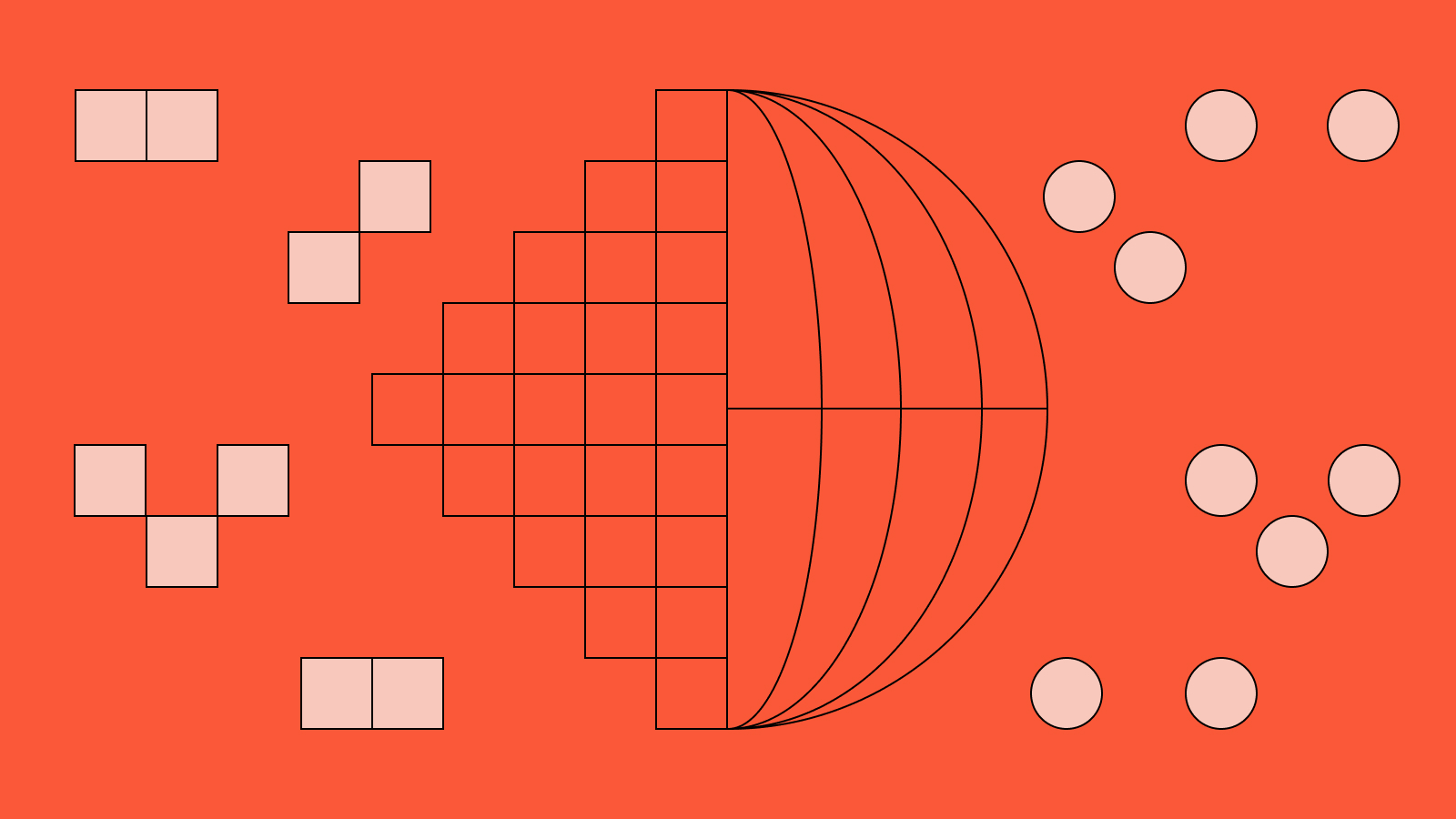How Is Blockchain Used in Real Life?

How Is Blockchain Used in Real Life?
TL;DR
- Blockchain is more than crypto - it's used in finance, healthcare, logistics, governance, and more.
- Key benefits include transparency, trust, speed, and cost savings.
- Real-world use cases include cross-border payments, food tracking, digital identity, carbon credits, NFTs, and more.
Introduction
Although Bitcoin and other cryptocurrencies are frequently linked to blockchain technology, its practical applications stretch far beyond digital coins. At its core, blockchain is a decentralized, tamper-proof ledger which records details that enables transparency, traceability, and trust in environments where participants may not know or trust each other. Blockchain has become a revolutionary technology in sectors as diverse as finance, logistics, healthcare, energy, identity, and public governance, thanks to these factors alone.
Let’s explores how blockchain is used in real life today; not theoretical promises, but actual implementations around the world that are delivering measurable value.
Finance and Banking
Cryptocurrencies and Payments
Cryptocurrencies, like Bitcoin, represent blockchain’s first major application: offering an alternative financial system that is decentralized and borderless. They enable peer-to-peer transfers of value, often with lower fees and no central authority.
Transactions are recorded on a public blockchain ledger, making them transparent and traceable while preserving user pseudonymity. This reduces transaction fees and settlement times, especially for international transfers, and enables financial access for the unbanked or underbanked populations in developing regions.
Decentralized Finance (DeFi)
DeFi platforms use blockchain-based smart contracts to provide financial service, akin to those in traditional banking and beyond. Those include lending, borrowing, yield farming, and trading without the need for banks or centralized exchanges.
Defi platforms are open 24/7, are globally accessible, and allow anyone with a crypto wallet to participate. Users maintain full control of their assets, and interest rates are often determined by supply and demand in real time.
DeFi also introduces novel financial instruments like flash loans and liquidity pools, enabling new ways of accessing capital. While the DeFi space is still evolving and not without risks (e.g., smart contract bugs, volatility), it represents a radical shift toward democratized finance.
Remittances and Cross-Border Transactions
Companies like Ripple (via its XRP Ledger) and Stellar provide blockchain‑based infrastructure for global payments that bypass conventional banking channels. These solutions drastically cut settlement times (from days to seconds), and reduce transaction costs by removingintermediaries - like correspondent banks, for example.
Blockchain enables real‑time currency conversion, lower remittance fees, and greater transparency; this is especially critical in regions heavily reliant on remittances. Stablecoins such as USDC and USDT also offer a stable medium for transferring value internationally, protecting users from local currency instability and high transfer costs.
Meanwhile, Altius Labs is enhancing this landscape by improving execution layers across blockchain networks. Our high‑performance, VM‑agnostic infrastructure helps payment systems, including remittance platforms, scale in real time with lower latency and cost.
Supply Chain and Logistics
In traditional supply chains, information is often fragmented across siloed systems, making it difficult to trace goods, verify origin, and prevent fraud. Delays, disputes, and counterfeiting are common in sectors like food, pharmaceuticals, and luxury goods.
By creating a shared record of every step, from raw material sourcing to delivery, blockchain offers end-to-end visibility that can be trusted by all stakeholders. This solves long-standing issues around data visibility, coordination, and trust:
- Food Safety and Traceability: Retailers like Walmart and Carrefour use blockchain to trace food from farm to shelf. IBM’s Food Trust platform helps identify contamination sources within seconds, preventing large-scale recalls.
- Authenticity and Anti-Counterfeiting: Brands like LVMH and Breitling assign digital certificates to luxury goods, allowing consumers to verify authenticity and protect against fraud.
- Ethical Sourcing: Blockchain enables companies to prove that goods, like diamonds or coffee, were sourced ethically and sustainably.
- Carbon Tracking: Startups are tokenizing carbon credits and using blockchain to monitor emissions throughout a product's lifecycle, supporting ESG goals and transparency.
Healthcare
It can be challenging to coordinate care or guarantee data integrity when patient data is kept in fragmented systems across clinics, hospitals, and insurance companies. Inefficiencies and data breaches put patients and providers at even greater risk.
Blockchain addresses these issues by offering a safe, impenetrable framework for handling medical records and transactions. It enables controlled data sharing across institutions, supports compliance with regulations like HIPAA and GDPR, and enhances transparency in pharmaceutical supply chains and clinical research.
One example would be medical record management - for example Estonia’s blockchain based national eHealth system called MedRec allows patients to control access to their records and ensure data accuracy.
Digital Identity
Traditional identity systems often depend on centralized platforms that store vast amounts of sensitive data and are vulnerable to breaches and misuse. This centralized control also creates inefficiencies and privacy risks when verifying identity across different services and jurisdictions.
By introducing decentralized identity models, blockchain gives individuals more control over their credentials while making it easier for institutions to verify authenticity in real time. These self-sovereign identity (SSI) systems offer improved privacy, lower compliance costs, and a more user-centric approach to managing identity — whether for government services, online platforms, or financial institutions.
Energy and Sustainability
Blockchain supports sustainability and energy efficiency by adding transparency, traceability, and accountability to energy markets. From local energy trading to carbon credits, blockchain helps simplify and secure complex processes.
Key applications include:
- Peer-to-Peer Energy Trading: Households with solar panels can sell excess electricity directly to their neighbors using blockchain, bypassing utilities and enabling local microgrids. Projects like Power Ledger (Australia) and Brooklyn Microgrid (USA) are early leaders in this space.
- Renewable Energy Certificates (RECs): Platforms like Energy Web Chain tokenize RECs, making it easier to track, trade, and verify green energy usage in real time.
- Carbon Offset Markets: Blockchain allows carbon credits to be tracked and traded transparently, improving market efficiency and ensuring that companies are held accountable for their emissions reduction claims. Carbon credits can be tracked and traded on-chain, improving liquidity and accountability in carbon markets. This allows companies to offset emissions with real, verifiable actions.
Government and Public Services
Governments around the world are turning to blockchain to improve transparency, efficiency, and trust in public services. From land ownership to voting and budget tracking, blockchain offers a tamper-proof, verifiable way to manage public records and processes, reducing fraud and enabling greater civic participation.
Key applications include:
- Land Registries: Countries like Georgia and Sweden use blockchain to record property ownership, reducing disputes, preventing fraud, and speeding up real estate transactions.
- Voting Systems: Pilot programs in places like West Virginia (USA) have explored blockchain-based voting for secure, transparent, and auditable elections.
- Public Finance Tracking: Governments and NGOs are using blockchain to trace how public money or international aid is spent, improving transparency and reducing corruption risks. NGOs and governments are using blockchain to monitor the use of public funds and foreign aid — reducing corruption and increasing accountability.
Entertainment and Digital Ownership
Digital entertainment and ownership are evolving in more engaging, human-centric ways. Instead of just a technical shift, blockchain empowers creators and fans alike – enabling authentic ownership, direct monetization, and new digital economies for games and art.
Key applications include:
NFTs: unique digital items and collectibles.
Gaming and Metaverse: player-owned economies and tradeable items.
Creator Economy: direct monetization without intermediaries.
Education and Credentials
Blockchain is also transforming education by making credentials more secure, portable, and verifiable. Rather than relying on paper or siloed databases, blockchain enables institutions and learners to issue, store, and share certificates globally with confidence.
Key applications include:
Academic Certificates: Universities like MIT and the University of Nicosia issue blockchain-based diplomas that employers can instantly verify.
Skill Verification: Platforms like Learning Machine and Blockcerts allow learners to manage and share skills across borders without forgery.
Challenges and Limitations
While blockchain offers many benefits, it also faces hurdles:
- Scalability: Many blockchains struggle with transaction speed and high energy consumption.
- Regulatory Uncertainty: Laws around blockchain and cryptocurrencies vary widely and are evolving.
- User Experience: Complex interfaces and technical knowledge limit mainstream adoption.
- Security Risks: Smart contract bugs and potential 51% attacks remain concerns.
- Interoperability: Different blockchains often cannot communicate seamlessly.
Conclusion
Blockchain is no longer just a buzzword or a speculative asset class. Around the world, real-life applications are proving that blockchain can improve transparency, reduce fraud, lower costs, and return control to individuals.
While challenges remain - such as scalability, user experience, and regulatory uncertainty - the growing number of successful deployments suggests that blockchain is evolving from hype to infrastructure.
.svg)
